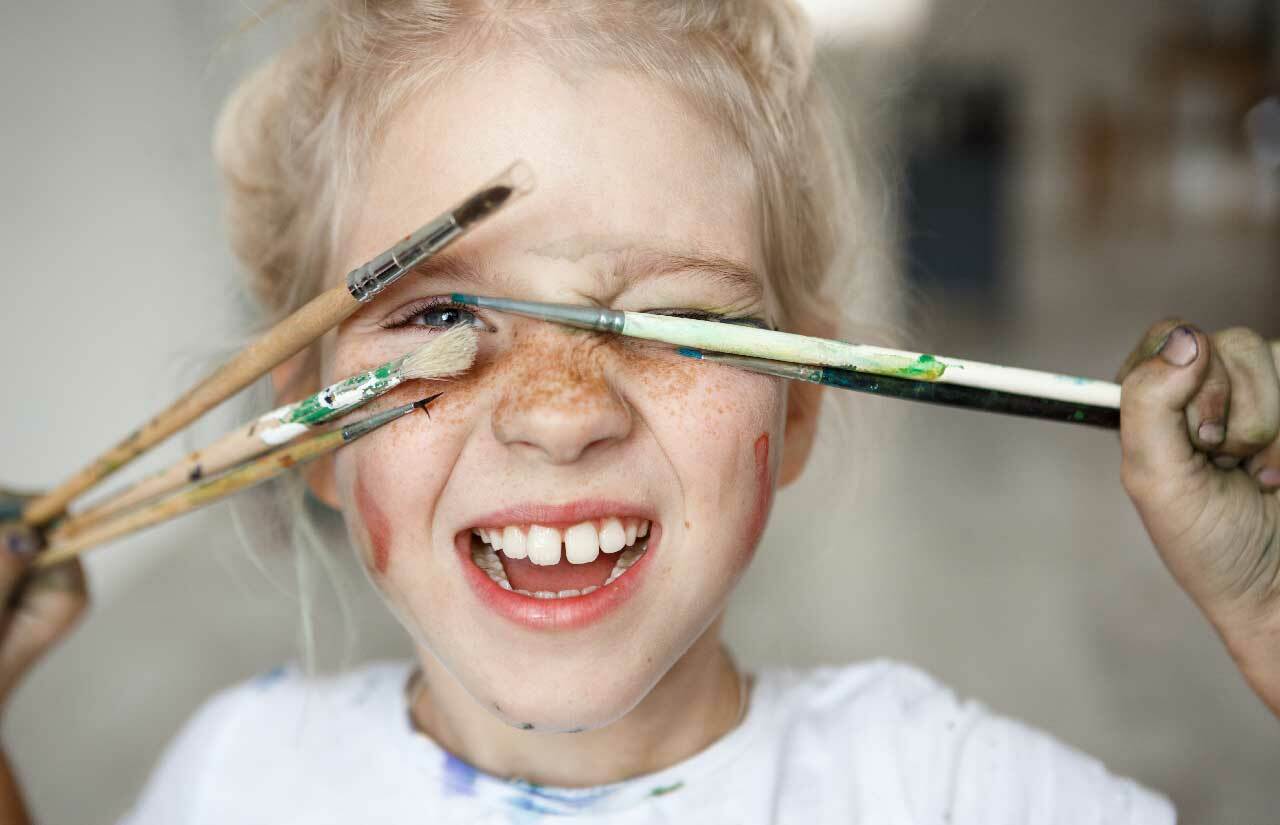Rethinking “Tough Love”
Instead of preparing students to succeed in a world that values compliance, schools have the potential to equip students to build a happier, healthier, more whole world.

The phrase “tough love” is used by many to describe punitive or restrictive actions that are done to someone under the premise of “helping them in the long run” or “teaching them a lesson" but is tough love good for students? Unfortunately, science shows that these kinds of actions don’t produce the desired results and certainly don’t make the recipient of “tough love” feel cared for.
So what is tough love?
Tough love is difficult to define, as with all things surrounding love. Some people interpret tough love as a healthy discipline that comes from a loving place: a caregiver who loves and accepts a child must still set boundaries to help them learn. Others define tough love in contrast to soft love - a way to toughen a child up to the harsh realities that are likely to about in their adult life.
But what do we mean by tough love when we talk about practices in schools? We define it as practices that seek to penalize students without first understanding them. In a system where empathetic role models are needed to teach empathy through example and practice, it becomes critical for teachers to demonstrate care, compassion, and understanding. Because no group of students has exactly the same home situation or emotional level of development, it’s important to understand the source of setbacks and failures before calling them out and creating competitive rather than cooperative classroom communities.
Tough love and authoritarian methods are often grouped together because they share many negative similarities. An authoritative figure levies punishment for mistakes early into a process and frequently places results over well-being. Tough love can easily turn into the same kind of behavior when grade metrics and performance become more important than the underlying problem, such as social anxiety or learning disabilities. In the worst-case scenario, a student can become even more averse to a task they’re forced to do to the point of giving up or considering themselves a failure.
Check out our programs
LEARN MORETrusting students and science
Our current-day educational system has a ways to go in terms of integrating the science of learning and development into practice. What little science and psychology that is integrated into school practice or educator preparation focuses predominantly on cognitive neuroscience and behavioral psychology. The field of social-emotional learning has made tremendous strides over the last several decades and education leaders are beginning to think seriously about developing students’ non-cognitive skills and measuring their social and emotional outcomes.
However, applying a cognitive and behavioral approach to social-emotional learning leads to a search for technical solutions that do not account for the fact that social and emotional skills are not learned like other cognitive skills. Non-cognitive skills like “grit” or “empathy” cannot and should not be taught and tested the same way one would the multiplication tables or the “ABC’s.” Unlike reading, writing, and arithmetic, these skills develop through secure environments built on a foundation of trust and freedom; or they don't—as in the case of so many children who experience trauma, insecure relationships, and other adverse childhood experiences.
Renowned trauma expert and psychologist Bessel Van Der Kolk emphasizes the importance of play to engage and heal traumatized individuals stating “the last things that should be cut from school schedules are chorus, physical education, recess, and anything else involving movement, play and joyful engagement.” Similarly, a recent ethnographic study of an after-school maker program for high school girls reiterated “the centrality of playfulness, teamwork, and ownership of projects in order to persist through challenges.”
These are not coincidences. Clear outcomes of having secure learning environments and relationships are the ability to problem-solve, self-regulate and make better decisions. Now more than ever, schools should be prioritizing students’ play and exploration.
“The last things that should be cut from school schedules are chorus, physical education, recess, and anything else involving movement, play and joyful engagement.”
Bessel Van Der Kolk
The Body Keeps the Score

True love isn’t tough, it’s free
Although school systems are predominantly designed for conformity, standardization, and rule-following, there are still ways we can all advocate for more exploration and play in the school environment:
- Advocate for arts, athletic and after-school programs. Whether you’re a parent, student or teacher, be vocal about your support of non-traditional learning opportunities.
- Prioritize creativity in grading and curriculum. If you’re a teacher, make a portion of your rubric for projects and other assignments based on the creativity and innovation of your student. This encourages students to think outside the box and reiterates your belief in their creativity.
- Utilize field trips as opportunities for exploration. Why can’t a math class take a field trip? Take any and every chance to get out of the classroom and have students encounter other places and ideas that might spark their curiosity.
- Change recess from a reward to a requirement. As the aforementioned studies confirm, play is one way to heal trauma and jump-start development for kids. Instead of withholding times of self-directed play as a way to punish “bad kids”, leverage recess and breaks as a healthy way for students to unleash energy.
Instead of preparing students to succeed in a world that values compliance, schools have the potential to equip students to build a happier, healthier, more whole world.
When we stop asking, “Is tough love good?” and start asking, “How can we help students learn?” we can start to build better teaching practices that lead to empathetic, fulfilled students.
Explore more articles by Jasmine
READ MOREBring FuelEd to your school, district, or organization
SCHEDULE A CALL


